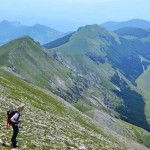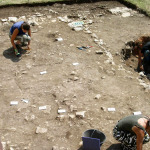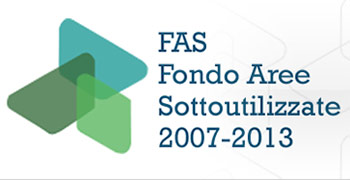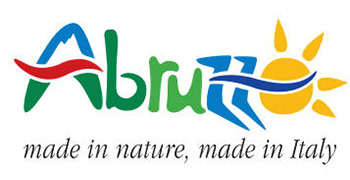Not only from a historical point of view, but also from an environmentalist perspective is the Aterno Valley able to provide a unique experience. In fact, the widespread karst phenomenon helps to give the valley a completely original look; the numerous sinkholes in the area, similar to volcanic craters that open in the mountains and the Stiffe Caves together represent one of the major natural attractions of Abruzzo today.

FLORA AND FAUNA
Much of the Aterno Valley is included within the Sirente Velino Regional Natural Park, a large area of about 50,250 ha which contains a wide variety of plant and animal species that together represent one glimpse into the biodiversity of the Apennines.
This area contains about 46% of the mammal species of the Italian fauna, 32 percent of the breeding birds in Italy, 17 percent of the reptiles and 30 percent of the amphibians. In the park there are 216 species of vertebrates, 43 of which are under emergency status (endemic species, endangered or threatened priority). The Sirente Velino is a fine example of floristic biodiversity: 1,570 species have been surveyed so far, grouped into 516 genuses and 102 families.
Among these are 116 surveyed floristic groupes who are labelled under emergency status (endemic species, glacial relicts, separated species or species with fragmentary distribution and rare species) which include rare species such as the Astragalus aquilanus present only in some mountain areas of Abruzzo and Adonis disorta present only in some areas of the Apennines central, include also remarkable blooms of orchids, daffodils, as well as rare peonies and purple eugeniae.
In the lower areas of the park and along the Aterno Valley are copse forests with a predominance of oaks and hornbeam and several species of maple, Sorbo montano, Cerro, in addition to various types of underbrush such as the wild rose, hawthorn, blackthorn, juniper, etc. The riverbank is dominated by riverside vegetation which includes willows, poplars and other species. Within the high grassland one can find juniper and the Apennine Selseria, while on the detrital layers there are lot’s of white Alpine poppy.
On the prairies of the Piano Canale one can admire the blooms of the Gentians of different species and a species exclusive to Sirente: Geum heterocarpum.
Abundant berries such as strawberries, blackberries, raspberries, current and gooseberries can be found. Not to forget the mushrooms spread throughout the park and in particular to the Sirentes, and the thermophilic black truffle in the oak forests that, particularly in the Aterno Valley is an important economic resource. Finally, saffron is typically cultivated in the Fagnano and Tione area.
Info:
www.parcosirentevelino.it








 Italiano
Italiano  English
English